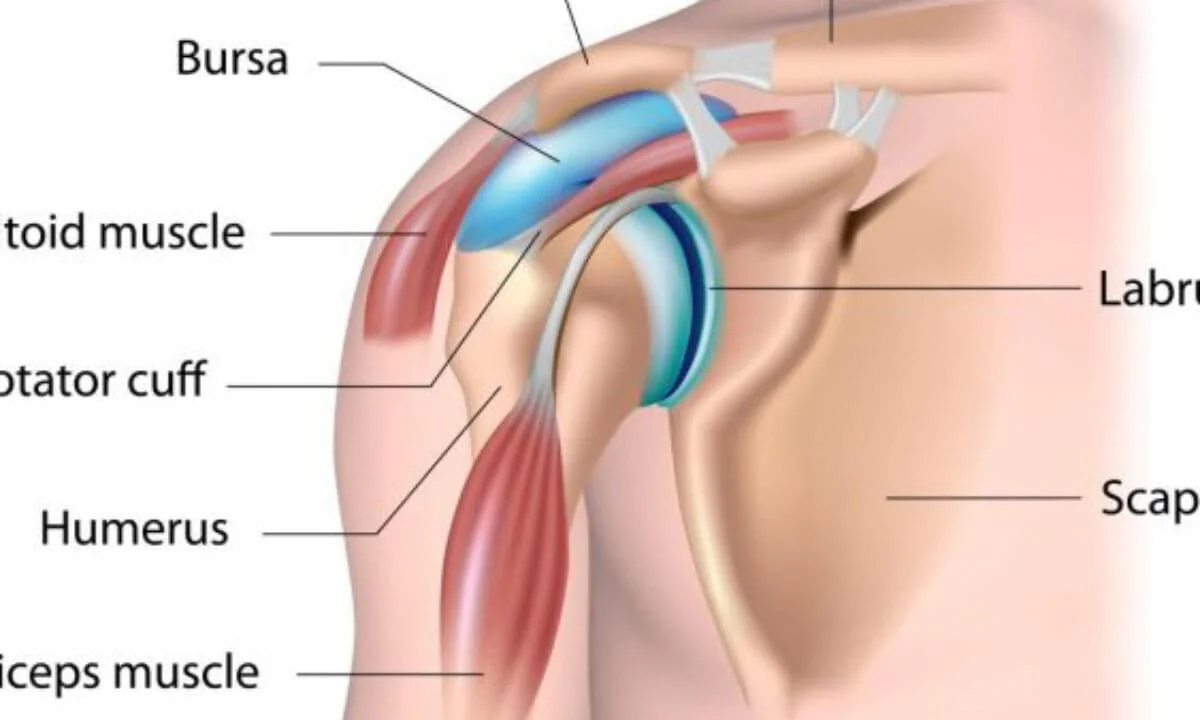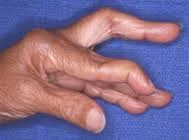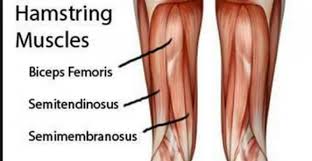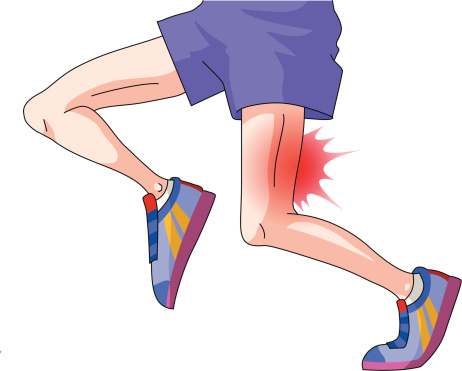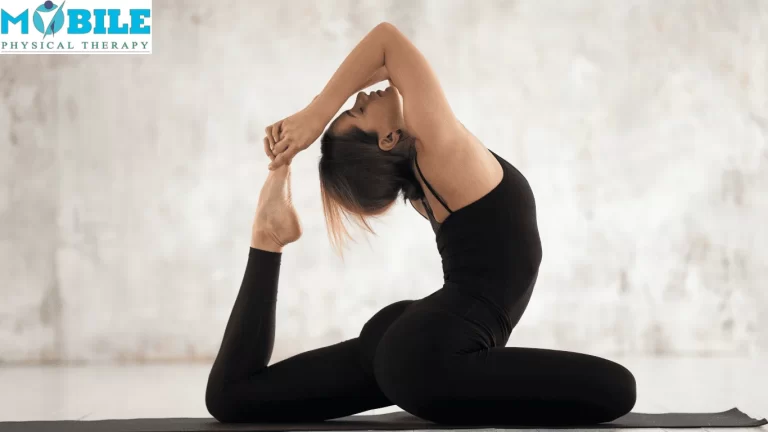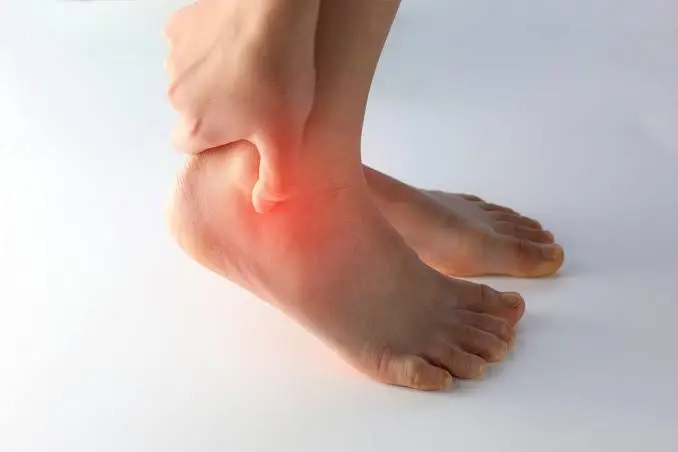Subacromial Bursitis
Shoulder bursitis happens in most people due to swelling or inflammation in the bursa. The bursae are potential fluid-filled sacs that are part of the skeletal system. They cushion the space between bones and connective tissue, allowing tendons, muscle and bone to move together.
In the shoulder, the subacromial bursae cushions the area between the rotator cuff tendons and the acromion (the highest point of the shoulder blade or scapula). Bursae allows the tendons and bones to glide without friction when you move and lift your arms.
Injuries or overuse could cause fluid to collect in bursae, causing bursitis. Painful swelling might come on gradually or suddenly. Doctors might use the medical term subacromial bursitis or rotator cuff tendinitis to refer to bursitis that affects the shoulder.
The different types of shoulder bursitis include:
- Chronic: Repeat injuries or repeated incidents of acute bursitis could cause chronic shoulder bursitis. It’s the most common type of shoulder bursitis. You might have periods without symptoms and then have symptom flare-ups (return of symptoms) that last several months. Over time, this ongoing inflammation could cause arm and shoulder weakness. Many people learn how to adapt to the pain (term accommodation). This might lead to other regional pain (think different areas of the shoulder, neck or elbow pain).
- Acute: This type comes on suddenly, often from an accident or injury. Touching or moving the shoulder causes pain.
- Infectious (septic): In rare cases, bacterial infections like staph infections cause infectious (septic) shoulder bursitis. The shoulder might look red or purple and feel warm to the touch. In this rare case, you might have a fever and feel sick. You might have severe shoulder pain.
Table of Contents
Symptoms of Subacromial Bursitis
The shoulder bursa acts as a cushion for a tendon in your rotator cuff that connects bone to bone. If you have bursitis, certain movements of your shoulder and the tendon could cause significant pain and discomfort. The pain could vary based on your specific injury. However, some of the more common symptoms of bursitis are:
- discomfort when lying on your shoulder
- pain on the outside or top of your shoulder
- pain that gets worse when you lift your arm to the side
- pain when pushing on or opening a door
- pain when trying to “circle” your arm
- pressure and pain when pushing on the top of your shoulder
Some people are at higher risk for shoulder bursitis because they use their shoulders more than others. Examples of those who are more prone to bursitis include:
- carpenters
- musicians
- athletes
- gardeners
However, anyone could injure their shoulder and develop bursitis.
Causes of Subacromial Bursitis
The most common causes of bursitis are repetitive motions or positions that put pressure on the bursae around a joint. Examples include:
- Throwing a baseball or lifting something over your head repeatedly
- Leaning on your elbows for long periods
- Extensive kneeling for tasks such as laying carpet or scrubbing floors
Other causes include injury or trauma to the affected area, inflammatory arthritis such as rheumatoid arthritis, gout and infection.
Risk Factors
Anyone could develop bursitis, but certain factors could increase your risk:
- Age: Bursitis becomes more common with aging.
- Occupations or hobbies: If your work or hobby requires repetitive motion or pressure on a particular bursae, your risk of developing bursitis increases. Examples include carpet laying, tile setting, gardening, painting and playing a musical instrument.
- Other medical conditions: Certain systemic diseases and conditions such as rheumatoid arthritis, gout and diabetes — increase your risk of developing bursitis. Being overweight could increase your risk of developing hip and knee bursitis.
Preventions
These steps might reduce your risk of shoulder bursitis:
- Take breaks during repetitive activities
- Wear a shoulder brace to ease stress on the shoulder
- Do shoulder stretching and strengthening exercises regularly
- Warm up the shoulder before doing activities
Diagnosis
When diagnosing bursitis of the shoulder, a doctor might ask about risk factors, including medical history, profession, and hobbies.
Diagnostic tests could include:
- Physical exams: A doctor could often diagnose bursitis through testing the location of the pain, muscle strength, and the current range of movement in the shoulder joint.
- MRI scans: An MRI scan could show any inflammation in the bursa or any damage to the bone and surrounding tissue. MRI scans are often not required for diagnosis.
- Fluid testing: Fluid could be taken from the bursa and tested to rule out infection. This process is called aspiration.
- Radiography: An X-ray does not look at the bursa itself, but it could be used to rule out bone damage or arthritis as possible causes of shoulder pain. This could be very important for choosing the right kind of treatment.
At Home Treatment
Because bursitis is often due to inflammation, giving your shoulder enough time to rest could often help reduce symptoms. Examples of some of the at-home steps that could help reduce bursitis symptoms include:
Wear a shoulder brace: A shoulder brace could help serve as a reminder to rest your arm and keep from doing too much. These are available at most drugstores, although you might need a physical therapist or doctor to show you how to correctly wear it.
Perform gentle stretching activities: But don’t stretch to the point of extreme pain or discomfort.
Rest the shoulder: Avoiding activities that you know tend to worsen symptoms could help to reduce your symptoms. Often, this is an activity in an occupation or a frequent pastime.
Apply an ice pack to the affected area: Always have some kind of protective covering between the ice and your skin. Wear a cold compress for only 10 to 15 minutes at a time.
Non-Surgical treatment of Subacromial Bursitis
Treatments for shoulder bursitis focus on reducing inflammation and minimizing symptoms. Most people get symptom relief with these nonsurgical treatments:
- Physical therapy exercises to strengthen weak muscles and improve range of motion.
- Antibiotics to clear up bacterial infections that cause bursitis.
- Bursa (steroid) injections to ease pain and swelling for a couple of months.
- Corticosteroids, such as Kenalog or Celestone that you take orally for severe pain and inflammation.
Surgical treatment of Subacromial Bursitis
If symptoms get worse or don’t improve with nonsurgical treatments, your doctor might recommend surgery. This surgery might take place arthroscopically using small incisions and a tiny camera (arthroscope).
Your doctor might remove:
- Damaged tissue that presses on and irritates the bursae.
- Inflamed bursae to make room for the tendons and bones to move.
Bracing for Subacromial Bursitis
The first step to calming your bursitis? Stop aggravating it. Try to avoid the things that cause you pain. That sounds easy enough, right? But it could require some real changes to how you do things.
Here are three common causes of shoulder bursitis in your daily life and how you might be able to resolve them.
Sleeping position: Does your arm hurt when you get up in the morning? If so, it might be because of your sleeping position. If you’re laying on your side with your arm extended under your pillow, that’s not good.
Leaving your arm in that position pinches your bursae and rotator cuff for hours, putting an unnecessary impingement and stress on your shoulder.
The solution to sleeping position: Try a new pillow. Usually, if you want to put your arm under your pillow it’s because the pillow is too thin or too soft. Getting a new pillow that’s a little thicker will help you not want to do that.
Leaning: Leaning on your elbows for long periods compresses your shoulder, which is also a no-no for your shoulder health. (Examples include elbows on your desk at work or leaving your arm on the center console of your car when driving.)
When you do this, you’re basically squishing the water balloon that is your bursa and aggravating it.
The solution to leaning: Reposition yourself. Move around a bit so you’re not leaning on your elbows for extended periods and overtaxing your shoulders. At work, you might try a standing desk.
Posture: Sitting in a slouched position pulls your shoulder blades forward and could put the pinch on the bursae, creating the conditions for bursitis. (You might fall into this body alignment while tapping at a computer keyboard or scrolling through your cell phone.)
Poor posture also could strain your neck and back, leading to a whole network of overworked muscles.
The solution to poor posture: Focus on sitting up straight. Review your desk setup to minimize the amount of time you spend looking at a downward angle. Also, get up and move around regularly to avoid getting stuck in one position.
Prevention for the Causes of Subacromial Bursitis
The first step to calming your bursitis? Stop aggravating it. Try to avoid the things that cause you pain. That sounds easy enough, right? But it can require some real changes to how you do things.
Here are three common causes of shoulder bursitis in your daily life and how you might be able to resolve them.
Sleeping position: Does your arm hurt when you get up in the morning? If so, it may be because of your sleeping position. If you’re laying on your side with your arm extended under your pillow, that’s not good.
Leaving your arm in that position pinches your bursae and rotator cuff for hours, putting an unnecessary impingement and stress on your shoulder.
The solution to sleeping position: Try a new pillow. Usually, if you want to put your arm under your pillow it’s because the pillow is too thin or too soft. Getting a new pillow that’s a little thicker will help you not want to do that.
Leaning: Leaning on your elbows for long periods compresses your shoulder, which is also a no-no for your shoulder health. (Examples include elbows on your desk at work or leaving your arm on the center console of your car when driving.)
When you do this, you’re basically squishing the water balloon that is your bursa and aggravating it.
The solution to leaning: Reposition yourself. Move around a bit so you’re not leaning on your elbows for extended periods and overtaxing your shoulders. At work, maybe try a standing desk.
Posture: Sitting in a slouched position pulls your shoulder blades forward and can put the pinch on the bursae, creating the conditions for bursitis. (You may fall into this body alignment while tapping at a computer keyboard or scrolling through your cell phone.)
Poor posture also can strain your neck and back, leading to a whole network of overworked muscles.
The solution to poor posture: Focus on sitting up straight. Review your desk setup to minimize the amount of time you spend looking at a downward angle. Also, get up and move around regularly to avoid getting stuck in one position.
Stretches to lower the risk of Shoulder Bursitis
Let us start with this reality: You can not really exercise or stretch a bursa sac. (Remember, it’s basically a cushion.) What you could do, though, is work the muscle and tendons surrounding the bursae to give it the space that it needs.
We start with freedom and looseness in our shoulders. But our normal, everyday habits could tighten things up in a negative way. Stretching helps address that by loosening the shoulders up a bit and creating room for the bursae to operate efficiently.
Here are three simple stretches to keep the joints in good working order.
Doorway stretch
The doorway stretch targets your pectoral muscles and the front portion of your chest.
- Stand in an open doorway.
- Put your arms out and grab hold of each side of the doorway. Always remember to keep your hands at or below shoulder level.
- Lean forward and hold for 30 seconds. Repeat three times.
Shoulder blade squeeze
The shoulder blade stretch improves limb mobility and helps improve posture.
- Stand or sit with your arms at your side.
- Relax your shoulders so they’re in a normal, resting position. (No shrugging!)
- Move your arms back, squeezing your shoulders blades together. Hold for a second and then return to your starting position. Do two sets of 10 squeezes.
Cross arm stretch
The cross arm stretch hits the back of your shoulders to improve flexibility.
- Bring your right arm across the front of your body at chest heights.
- Bend your left arm at the elbow and press your left forearm against your right arm, pressing your right arm closer to your chest.
- Hold for 20 seconds, then switch arms and repeat. Do three sets.
Can you exercise with shoulder bursitis?
Overusing your shoulder probably led to the subacromial bursitis. Continuing to tax your shoulder isn’t going to make the pain go away.
Take a break from activities that irritate your shoulder to let the joint heal. A week of downtime should do the trick before introducing any stretching to the shoulder. Anti-inflammatory medications and icing also could help the healing process.
Anybody could get shoulder bursitis, but it’s more common among people in professions and sports where shoulder movement is a key part of the gig. Think painters and on-the-diamond ballplayers, for instance.

